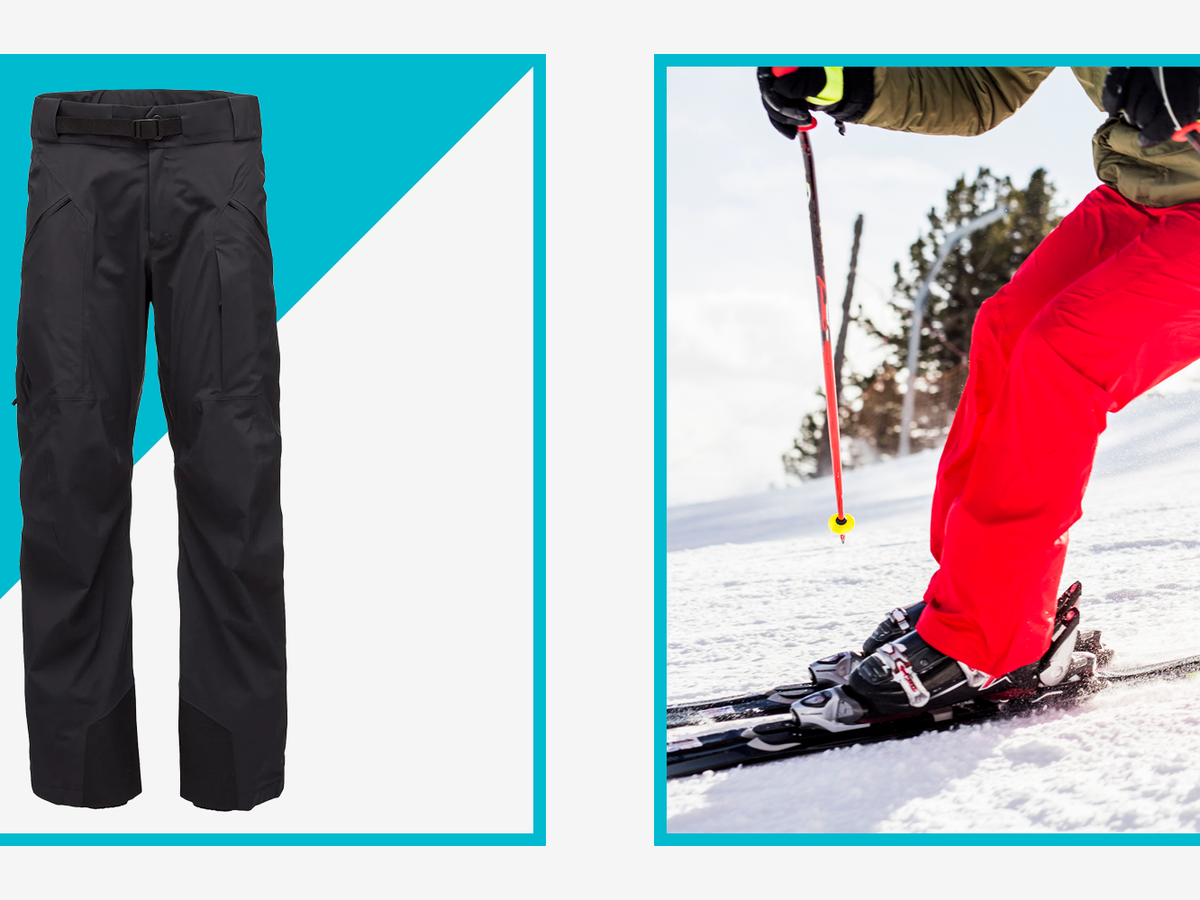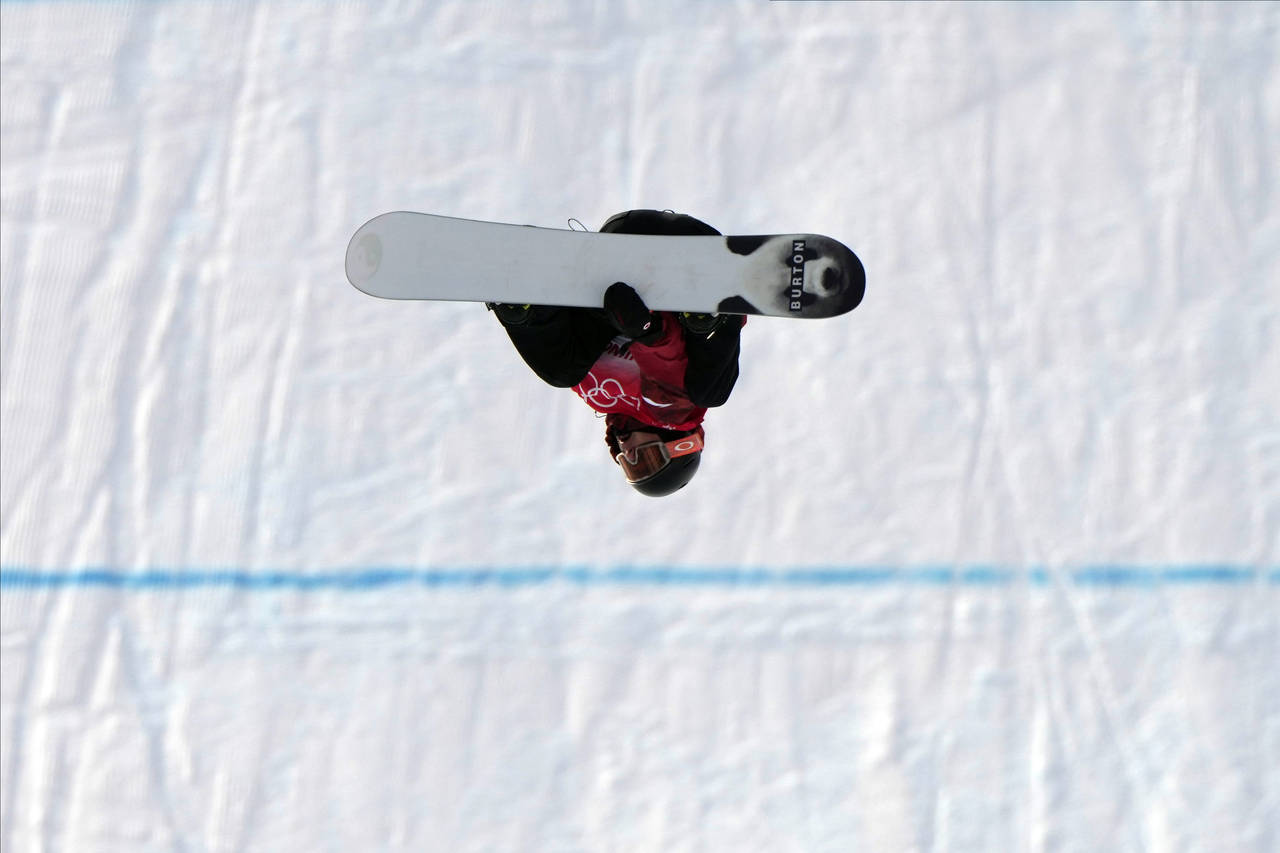
Flattering ski coats can help you look and perform at your best while on the piste. There are many options, no matter if you're looking for something durable for everyday skiing, or something light and comfortable for your next backcountry expedition.
Ski jackets with flattering silhouettes and high-tech fabrics are the best. Some of these jackets are meant for cold and dry conditions at resorts. Other styles are more focused on style.
The right mix of insulation, wind protection, and breathability is essential for a ski jacket to be comfortable on the slopes. The best choices also feature a hood that slides over a helmet and pockets for easy access to essentials like goggles, gloves, and extra layers.
Functional and stylish ski jackets come in a variety of materials. These include wool, polyester, wool, and other natural fibres that retain body heat and wick off moisture. Many are made from recycled materials and have eco-friendly design features.

This is the best for cold weather
It's important that you choose a jacket that is insulated and has a thermal liner if you plan to ski in harsh conditions. Insulated ski jackets are typically heavier and bulkier than their non-insulated counterparts, but they can be a great choice for those who like to layer up and stay warm.
Gore-Tex or another water-resistant coating is the best choice for insulating ski jackets. They offer excellent protection against the elements. The jackets often have a quilted shell, which will increase the warmth without adding bulk or weight.
Insulated ski jackets tend to be more comfortable than other options, as they offer more space for a base and midlayer. They can also be more breathable, which will allow you to cool off without having to pack on a jacket.
A shell jacket that has three layers or more of fabric, such Gore-Tex, is the best breathable jacket for skiers. These jackets are generally lighter than insulated ones, but may be harder to pack.
Breathability isn’t an important consideration for most resort-specific designs. But skiers who spend long stretches of time working up a sweat or ski in cold, heavy weather will likely appreciate the ability to dump excess heat with pit zips.

Some insulated ski jackets, such as the Dynafit Beast Hybrid, offer an innovative system that allows you to zip in a base layer or a fleece without the need for additional insulation. This system allows you to essentially wear two separate jackets, which makes it a popular choice for a variety of uses.
Ideal for backcountry/freeride
The best jackets for backcountry skiers are often designed with a streamlined and athletic fit, allowing a range of base layers to be worn underneath. These jackets often allow for puffy or down jackets.
Gucci Westman (makeup artist) loves Arc'teryx's insulated jackets. "The insulation keeps me warm and the outer shell is incredibly durable," she says. She also loves the adjustable hood that easily slides over her helmet.
FAQ
Which countries have the best cuisine?
There are many countries that have different food. It's therefore difficult to identify the best countries for food.
But, we can still tell you where the best cuisine is!
The top three countries, according to TripAdvisor users, are:
-
Italy – For its outstanding food, TripAdvisor users voted Italy number one.
-
France - France was second due to its rich culture.
-
Spain - Spain came third because of its great weather and beautiful beaches.
How much luggage should you take?
The length of the trip will affect how much luggage that you can take. If you are flying, your hand luggage is limited to less than 20kg. You will need more space if you travel by train or bus.
An airport form with information regarding your flight will be handed to you upon arrival. This will include information such a weight of your bags, and whether you need assistance with checking them in.
Always check your luggage before you leave the house. You might find yourself stuck waiting in line for hours as everyone else inspects their luggage.
Travel light as you never know what may happen. It is possible to lose your bag and not have something to wear.
Do you worry about missing something while traveling?
Yes, I often forget stuff. This happens most often when I'm on a brief trip. Luckily, I always have everything I need with me so I never run out.
I always keep my passport, for example. And I always check whether I have enough money when I buy tickets.
My phone charger is always with me. Also, I have a small bag that I store my other items in.
Where should I store my luggage
There are several different options available. One of the most popular options is to use airport lockers. These lockers are located in the vicinity of the security area. These lockers cost $5-10 per day depending on their size.
A storage unit can be rented. These units can be found in shopping centers and hotels. Although prices vary, some places offer discounts for multiple units that are rented together.
A third option is to hire a porter. A porter will transport your luggage from the carousel into your room. He will charge a small service fee for each trip.
How can I travel light and how do I get there?
There are many options when it comes to packing for a trip. These tips will help guide you in choosing what to bring on your trip.
-
Only take what you actually need.
-
Only pack what you will actually wear.
-
Avoid buying too many things.
-
Take enough room in your suitcase
-
Always double-check that you've packed everything you need.
-
Make use of the free storage facilities
-
Use reusable water containers instead of buying bottled water.
-
Use a backpack to carry your stuff instead of a bag.
-
Walking or cycling is a better option than using public transport.
-
Choose the right size bag.
-
Avoid carrying heavy objects.
-
Prepare for anything.
-
Nothing should be left behind
Statistics
- That's an 18% jump from 2019, the previous record year. (travelandleisure.com)
- No Checked Bags: No Alcoholic beverages with more than 70% alcohol (over 140 proof), including grain alcohol and 151 proof rum. (tsa.gov)
- You can use compression sacs or cubes to reduce the volume of your clothes by up to 80%—this is especially convenient for bulky items such as sweaters and jackets. (eaglecreek.com)
- Between the ages of 11 and 13, kids, or tweens, will likely want some autonomy but also need boundaries. (travelandleisure.com)
- According to Maori legends, this park holds 14 fjords that were all carved by a giant stonemason with an adze. (busytourist.com)
External Links
How To
How to plan your next vacation
Planning a trip requires many things, such as booking flights and hotels, car rentals, activities, and so on. It also includes important considerations such as budget, schedule, destination, weather forecast, etc.
These points are essential to keep in mind when you plan your next vacation.
We have prepared a step-by, step guide to help with your next vacation planning. Based on customer feedback and our own experience, this guide was created. This guide will help you plan your next vacation easily.
Steps:
-
Your Budget is an important step in planning your trip. Before you start to think about where to go or what to do, it is important to determine how much money you have available for your trip. If you don’t have enough money, it might be necessary to cancel your trip.
-
Book Your Flights. After you have decided on your budget, book your tickets. Book the best available flight deal at the lowest possible price. Make sure to check for special offers during peak seasons. These deals could be a great way to save money.
-
Choose Your Destination - Once you've booked your ticket, the next thing you'll need to decide is where you'd like to travel. When choosing your destination, many factors are important. These include location (where you are going), climate (what time of year), culture (how friendly the people) and cost (how much it is).
-
Find Accommodations. You have many accommodation options, from hostels and luxury suites to choose from. The best type of accommodation for you depends on your requirements and preferences. If you're looking for an area close to downtown, a hotel may not be the right choice. A homestay might be a better option if you are looking for quieter places far from the crowds.
-
Select Activities & Attractions: Now that you have selected your accommodation, it is time to decide which activities and attractions to include in the itinerary. Depending on your length of stay, you may choose to add or remove activities.
-
Select Activities and Attractions - Now it's time for you to plan your itinerary. It is important to stick to a schedule in order for maximum enjoyment of your trip. It's okay to be flexible and enjoy your vacation more.
-
You can create an itinerary by creating itineraries. It is important to write down everything you need, from accommodation to meals, to activities to restaurants, and to create a list.
-
Research online - Make sure you do your research before you leave for your trip. Read reviews and testimonials to find out what other travelers think about different destinations. This will enable you to plan accordingly.
-
Be Light - Don't pack too much. This is the biggest mistake people make when packing. Don't bring five clothes. Bring three. Bring clothing appropriate for the weather you're visiting.
-
Be prepared. Make sure you have everything prepared before you go. It's not a good idea to spend time looking for documents while you are still on the move.